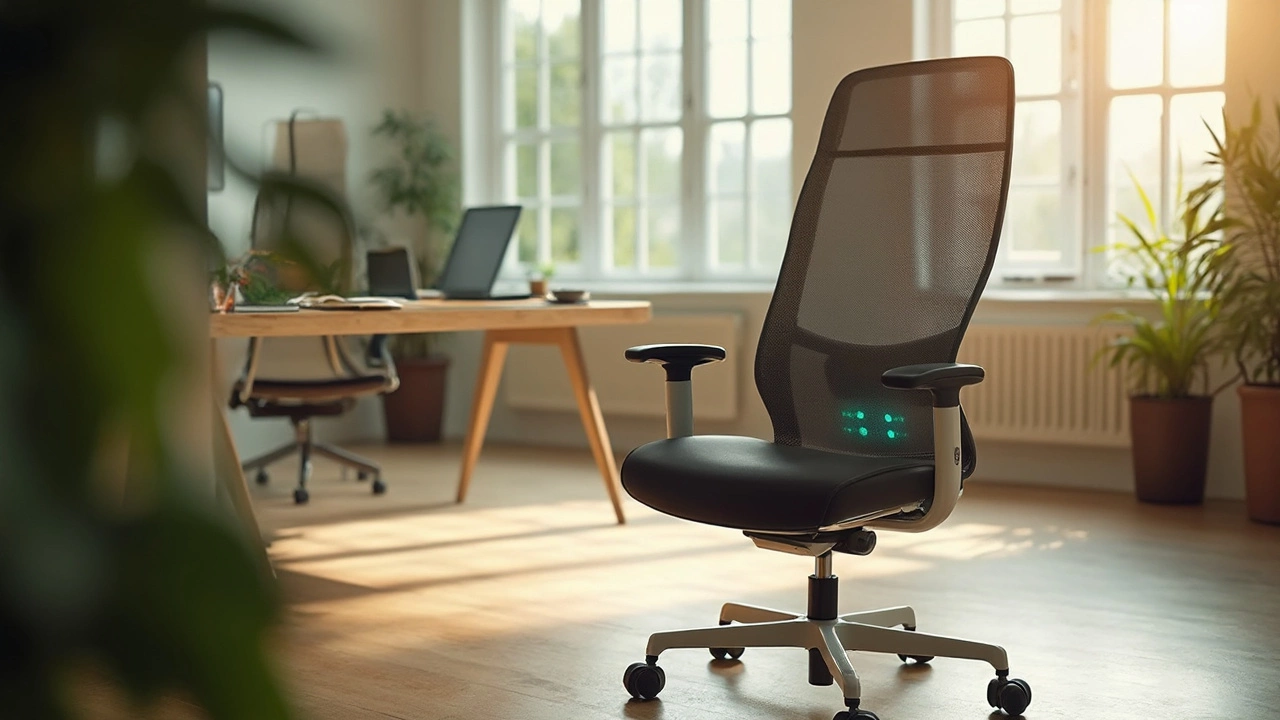Dealing with back pain during long work hours? Discover which chairs chiropractors swear by to ease discomfort and improve posture. This article explores ergonomic designs, adjustability features, and practical tips to help you find the perfect chair for your back health. Dive into insights on lumbar support and seating alignment, all shared with friendly advice. Make your desk setup not just more comfortable but also healthier.
Ergonomic Chairs – Comfort and Support for Every Space
If you spend a lot of time sitting, the chair you use can make a big difference to how you feel at the end of the day. An ergonomic chair is built to keep your spine in a natural position, reduce pressure on your hips, and let you move a little while you work. That means less back pain, fewer aches, and better focus.
Why ergonomic matters
Most people sit on a chair that was not designed for long hours. When the seat is too hard, the backrest is flat, or the height is wrong, your muscles have to work harder to stay stable. Over time that extra effort adds up as fatigue and soreness. An ergonomic chair solves those problems by offering adjustable features such as seat height, lumbar support, and armrests. You can match the chair to your body, not the other way around.
Even seniors benefit from ergonomics. Chairs with a higher seat and firm but cushioned base make it easier to get up and sit down. A good lumbar pad supports the natural curve of the lower back, which often weakens with age. The result is a safer, more comfortable seating option for daily activities.
Choosing the right ergonomic chair
Start by measuring your desk height and your own leg length. When you sit, your feet should rest flat on the floor and your knees should be at about a 90‑degree angle. The chair seat should slide under your thigh without pressing on the back of your knees.
Look for a chair with adjustable lumbar support. Some models let you move the pad up or down, others let you change its firmness. If you work at a computer, an armrest that can be moved up, down, forward and back will help keep your shoulders relaxed.
Materials matter too. Mesh backs keep you cool, while leather or fabric seats add a softer feel. Test the seat cushion – it should feel firm enough to support you but give a little when you sit.Finally, consider the weight capacity and base stability. A five‑point base with casters that lock in place offers safety on carpet or hard floors. If you plan to use the chair for long stretches, choose a model with a smooth swivel and easy‑to‑roll wheels.
Once you have a chair, set it up correctly. Adjust the height so your elbows rest comfortably on the desk, and pull the backrest to match the curve of your spine. Take short breaks every hour – stand, stretch, or walk a bit. Even the best ergonomic chair works best when you move regularly.
In short, an ergonomic chair is an investment in health and productivity. By picking a model that fits your body, adjusting it properly, and using it with regular movement, you’ll feel less pain and stay focused longer. Whether you’re working from home, in a office, or just need a comfortable spot to read, the right ergonomic chair can change how you feel every day.
